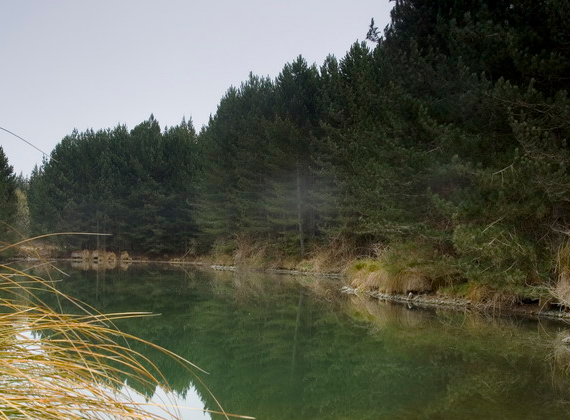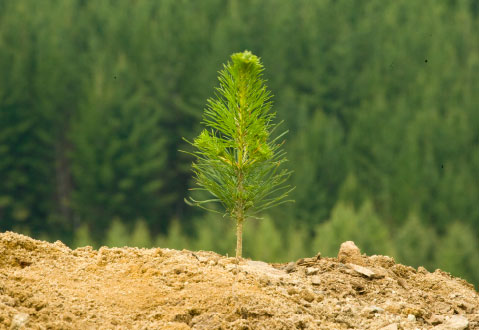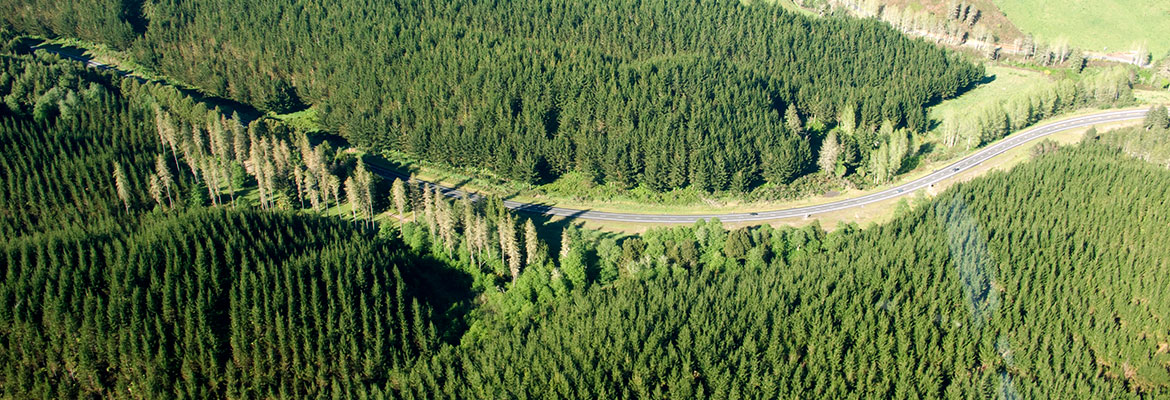Green facts
While forestry provides many economic and social benefits it also plays a vital role in protecting the environment.
Our forests contribute to a number of important environmental and climate outcomes by absorbing carbon dioxide, increasing biodiversity and reducing erosion. Planted forests conserve natural forests by reducing deforestation and improve water quality.
Our environmental team has established a number of practices and processes to monitor the impact of operations in our forests to ensure there is no threat to diminishment of conservation values.



